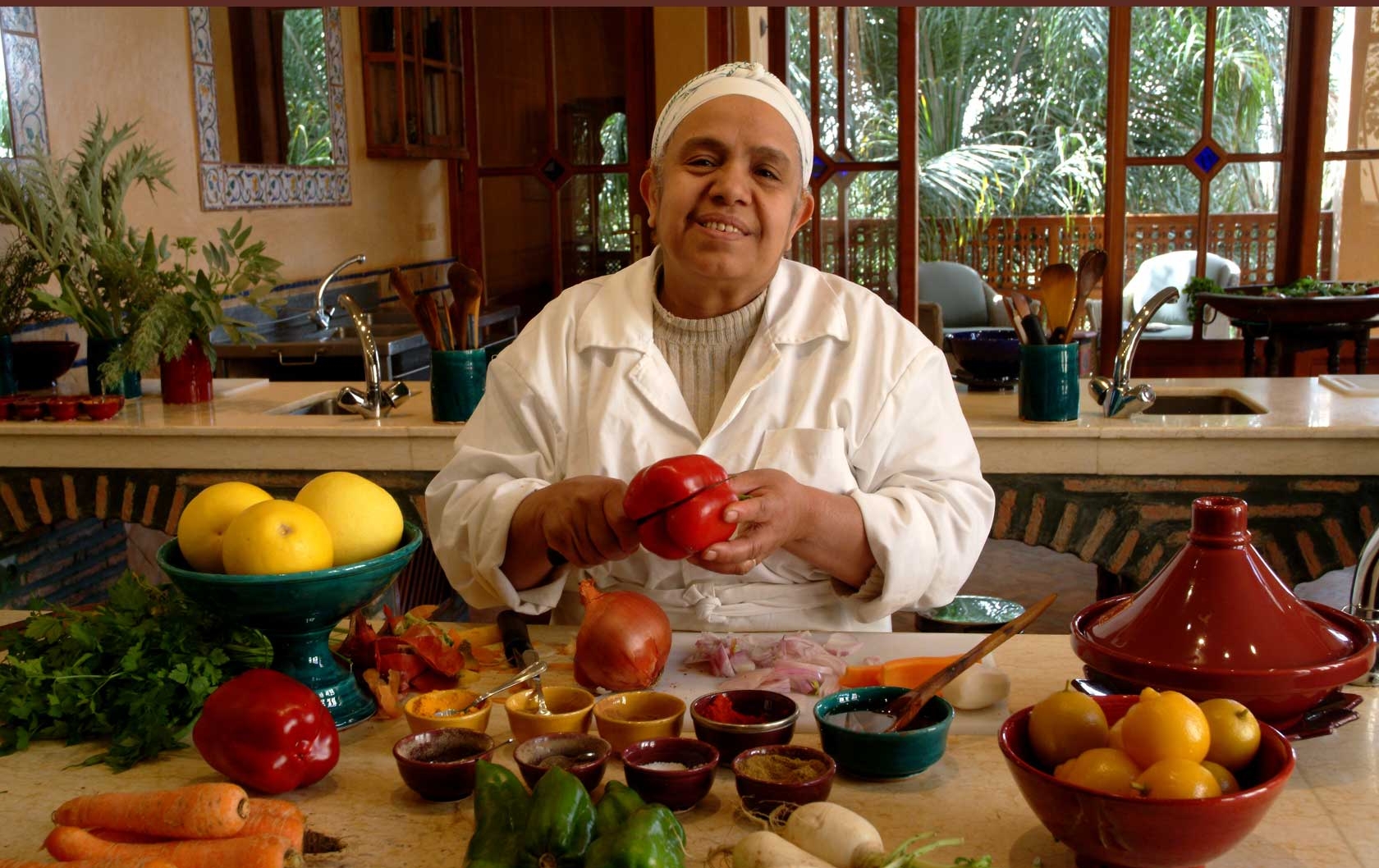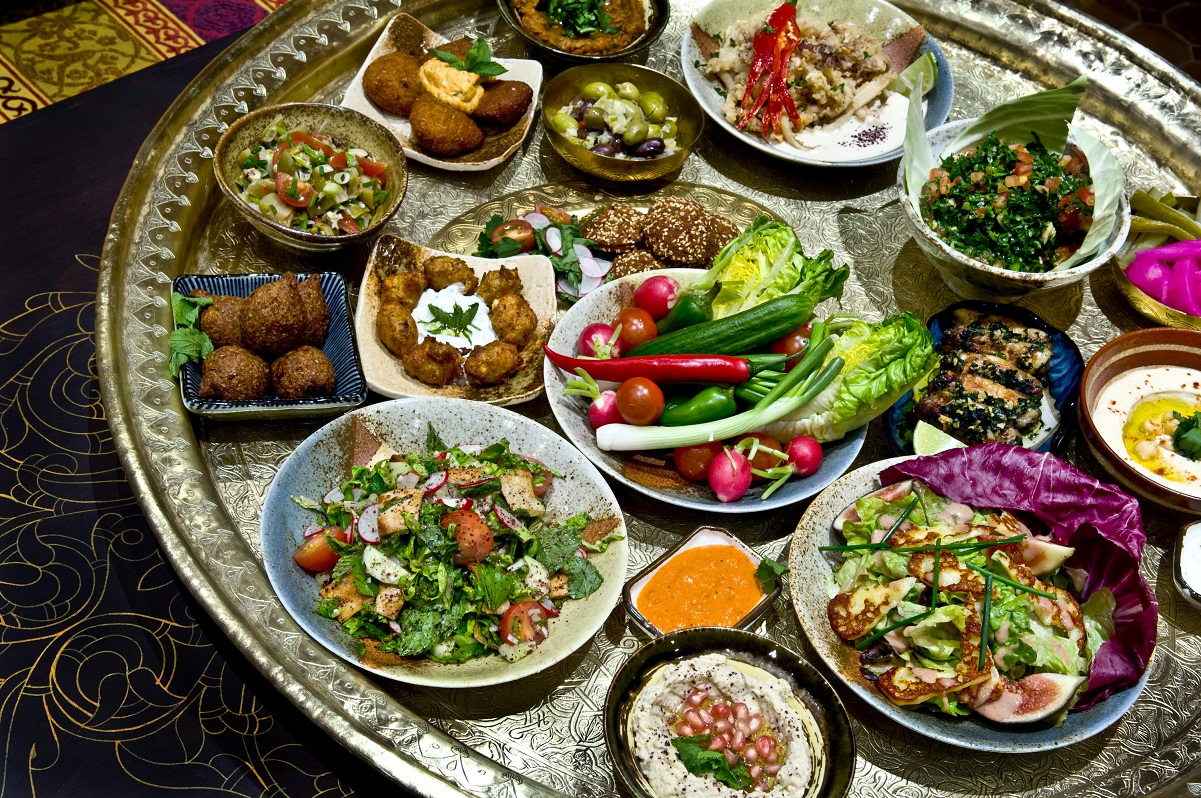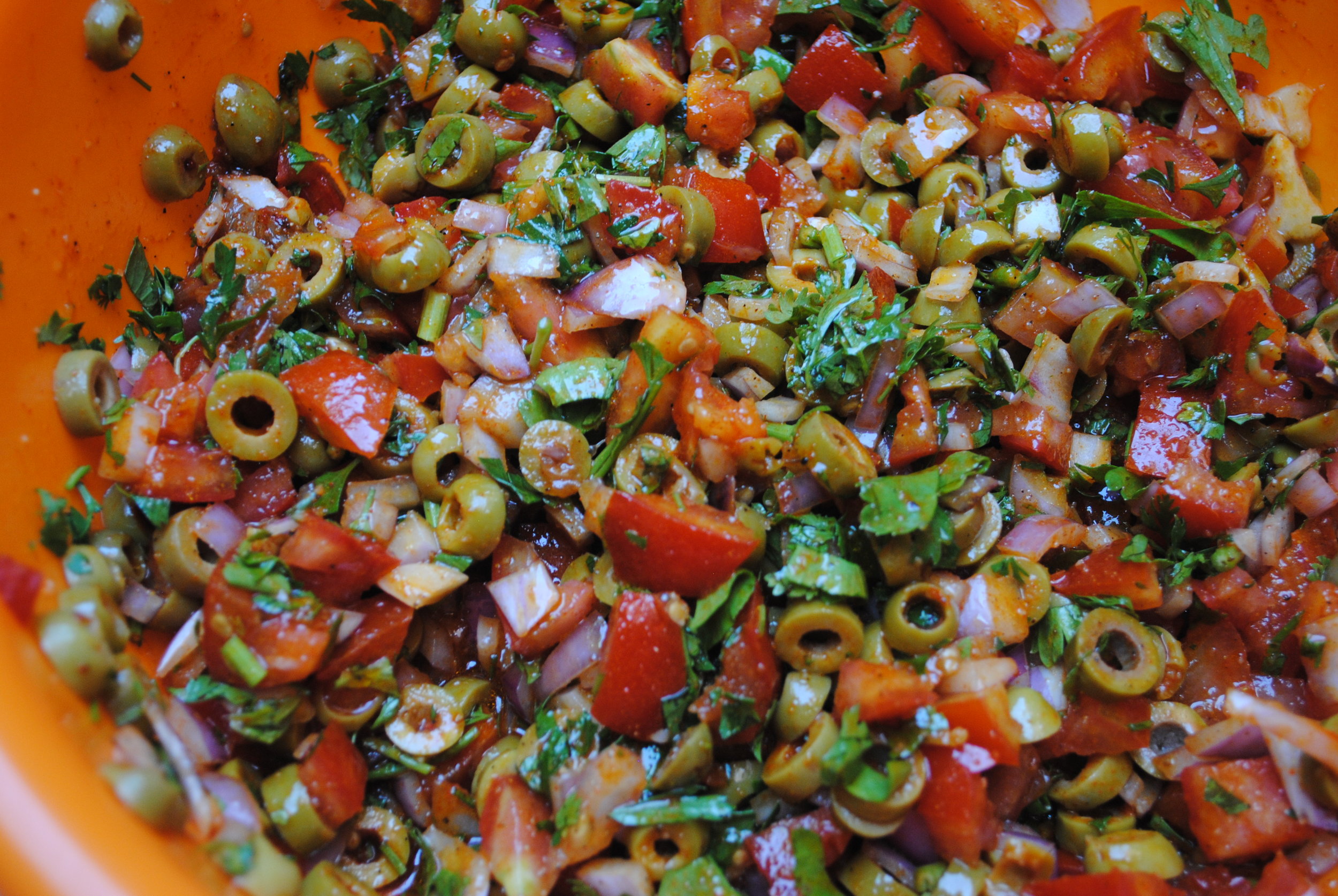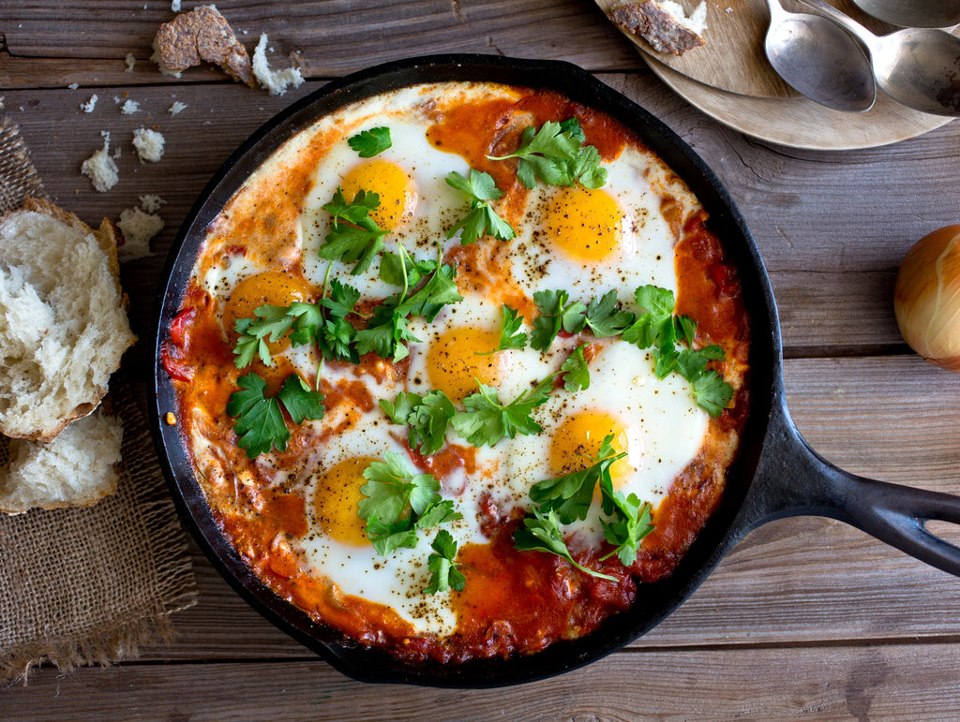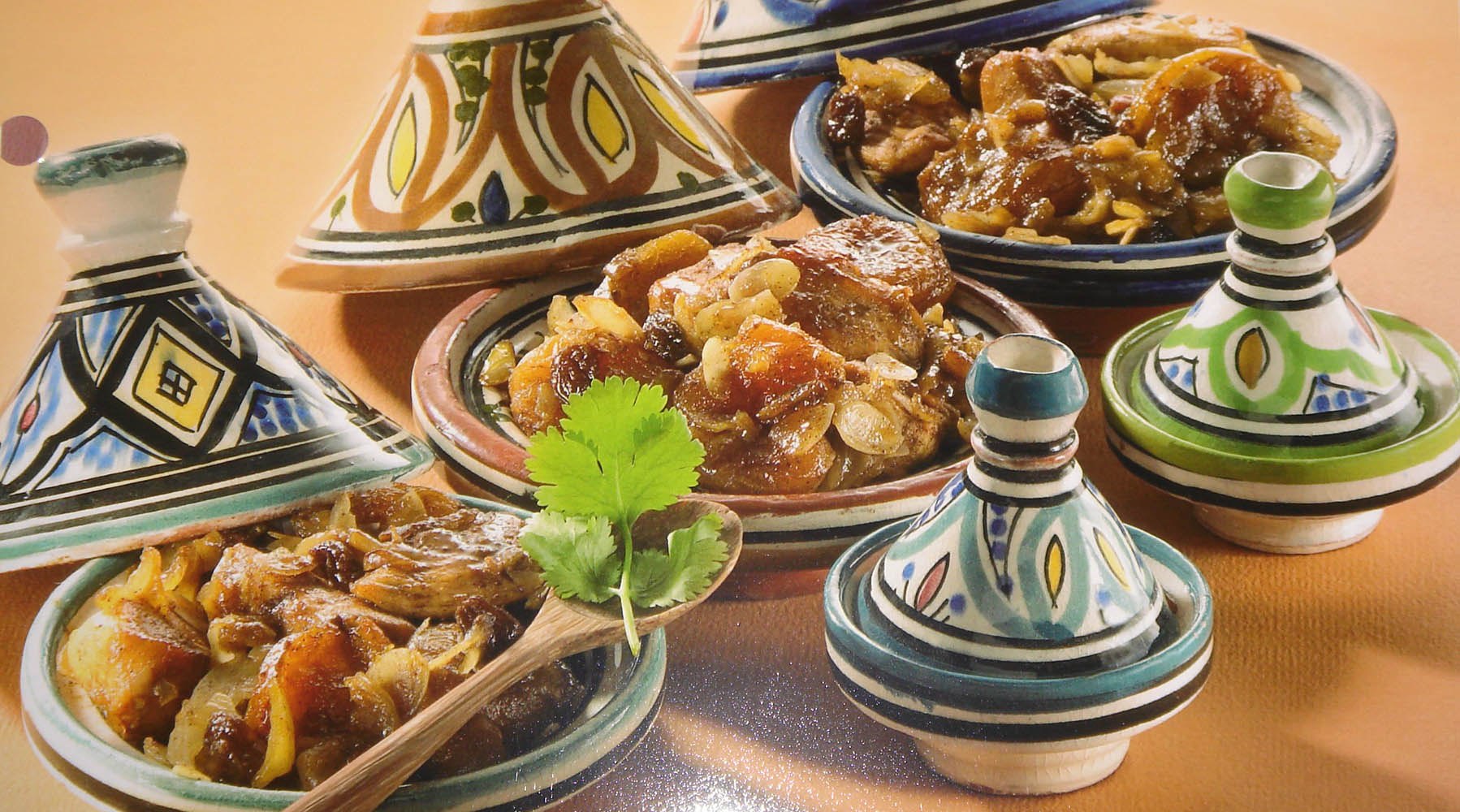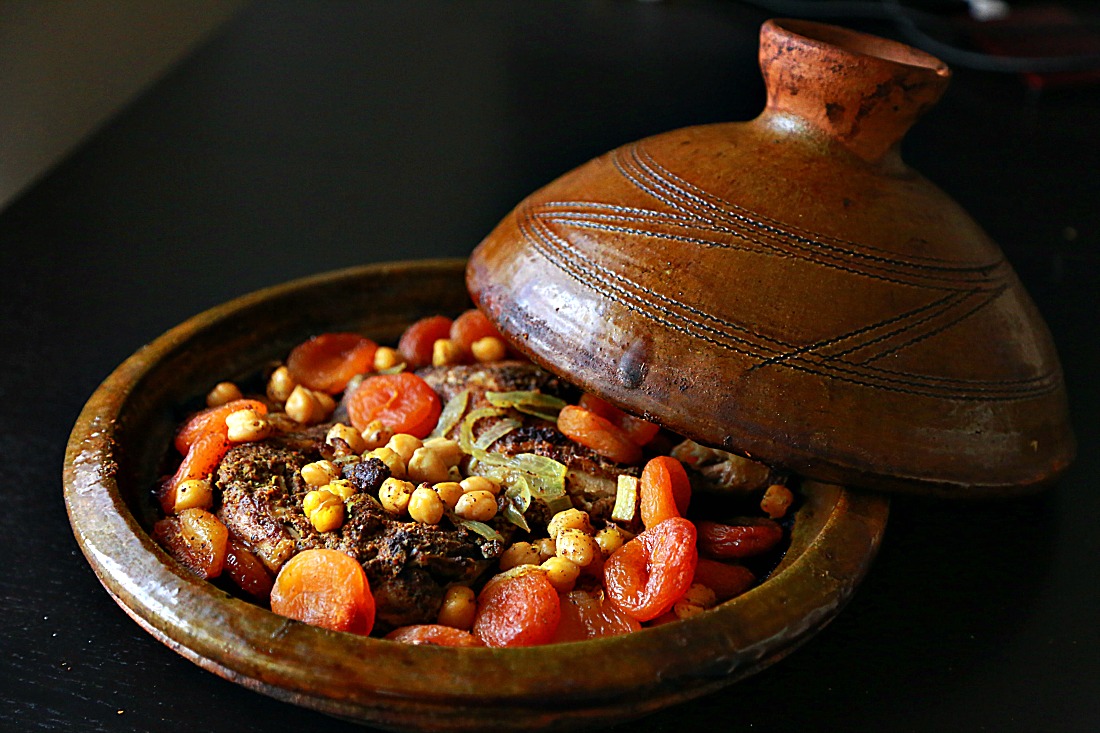Along the northwest coast of Africa west of Egypt lays the region of Maghreb, an area dominated by Arabs since the 8th century. Before the formation of the modern nation states in the region in the 20th century, Maghreb was defined as the smaller territory between the Mediterranean Sea and the Atlas mountains. Today, Maghreb consists of Morocco, Libya, Algeria, Tunisia, and Mauritania and is home to about one percent of the world’s population.
While the countries of the Maghreb region share many cultural traditions, once of the most evident is their shared culinary culture.
Among these shared traditions is the use of couscous as a staple food as opposed to the use of white rice, which is popular is eastern Arabic cultures. Additionally, these nations share the tagine, which is both a piece of cookware and a style of cooking. Because of the geography of the region Maghreb has been, throughout history, closely associated with the Mediterranean world. Spices and flavors from Italy and Spain have filtered into Maghreb cuisine, pairing with the vegetables, meats and seafood native to the coastline region. Though the region shares these culinary traditions, each country still retains its own unique taste and style.
Vegetarian in Maghreb



